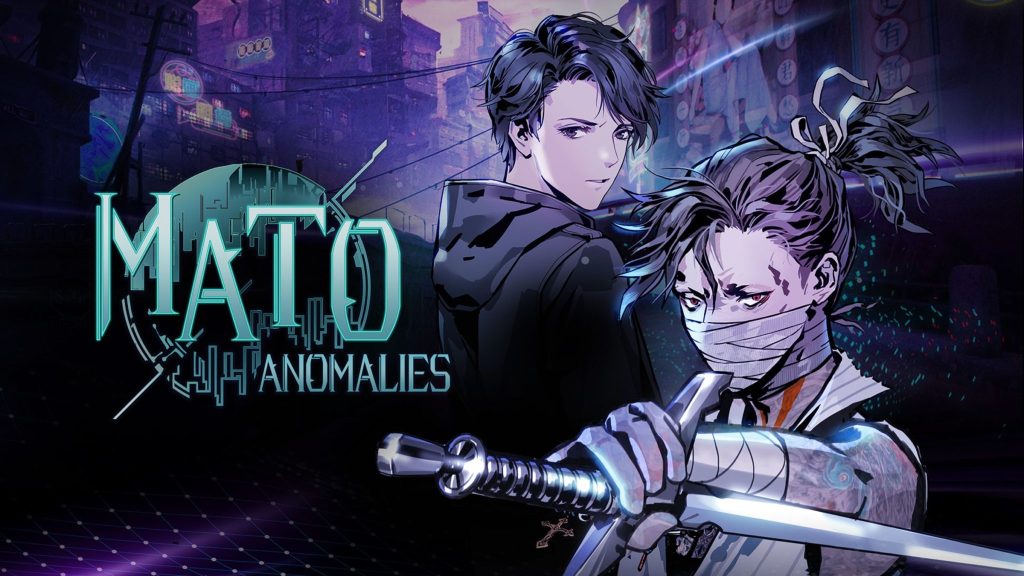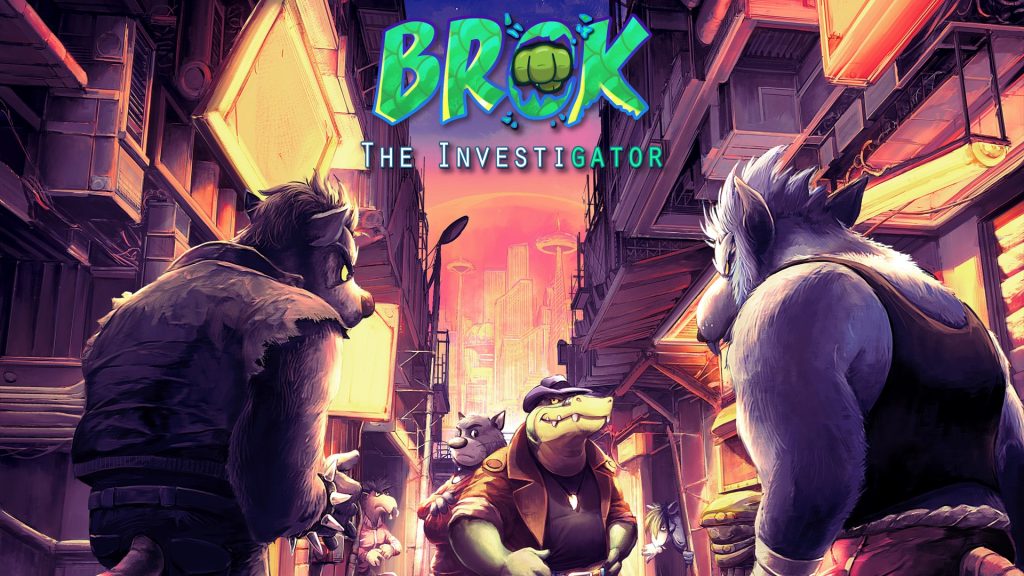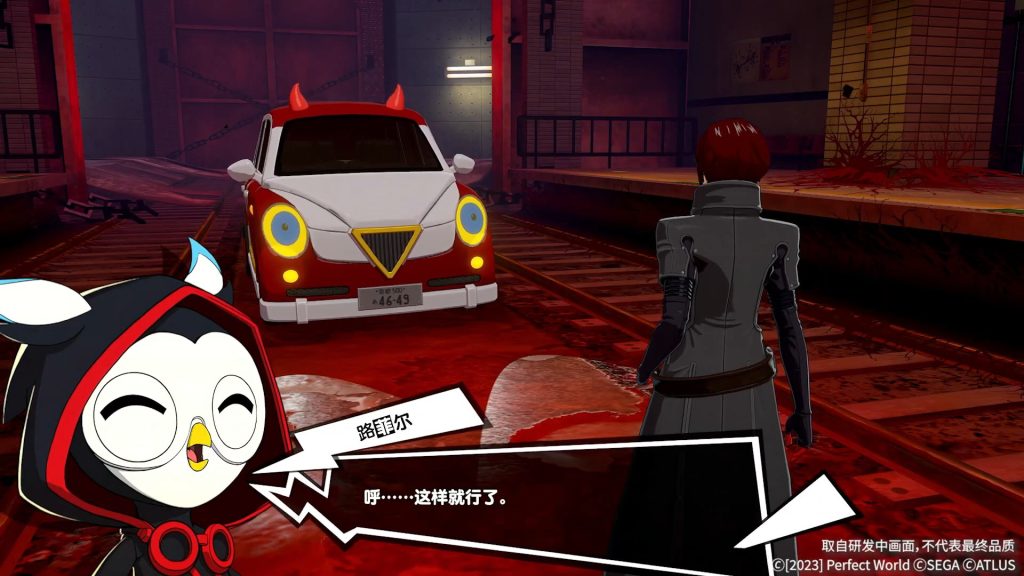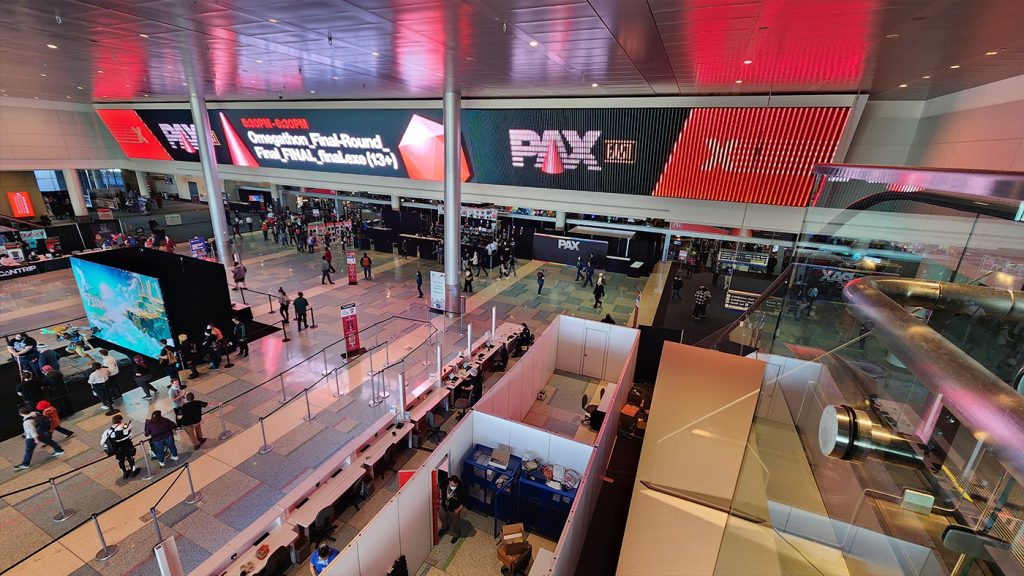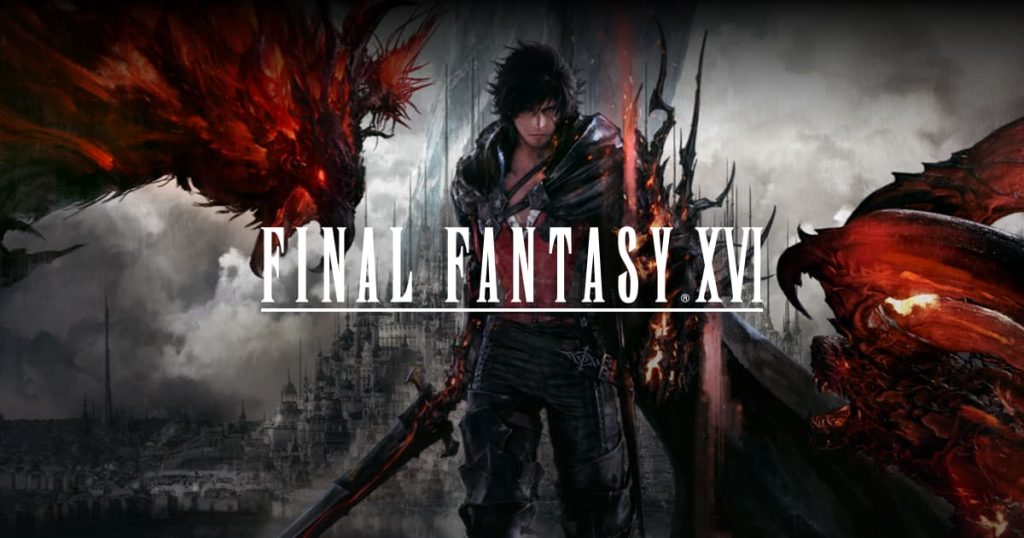The Final Fantasy 16 showcase at PAX East answered many “burning questions,” which was a clever way of saying “nuances that are borderline nitpicking,” as well as showing off more gameplay. What was perhaps unique about the showcase was that the gameplay was done live on an actual PlayStation 5. The PAX build on display showed a game near completion, with combat gameplay mechanics and other game modes within Final Fantasy 16.
Hosted by Naoki “Yoshi P” Yoshida and Koji Fox, the panel, titled “Yes You Can Pet The Torgal” was a return to the main stage not just for Final Fantasy, but for Square as well. Producer Naoki Yoshida began by announcing Final Fantasy 16 as separated into four pillars. The first was the game’s narrative, which proved challenging to maintain a balance between the older and younger generations.
Final Fantasy is steadily approaching 40 years, which easily makes up several. The traditional “high fantasy” setting that Final Fantasy is known for is the core environment, yet modern scenarios will attempt to make the narrative relatable for newcomers and non-RPG fans alike. This leads to the second pillar, the game’s characters.
As the plot needs to be relatable to as many players as possible, if the characters are lacking individuality, charm, and personality, it’s not complete. An example of these two pillars working together is a cinematic trailer that was shown shortly after. In it, the protagonist and his companion exchange pleasantries, but it’s in a naturally awkward and endearing way. Final Fantasy has always centered around characters and a provoking plot and Final Fantasy 16 is no different.
The third pillar was the visuals, more specifically, using the specifications of the PlayStation 5 to the fullest. This includes using real-time gameplay capture direct from the PlayStation 5, no doubt a nod to Sony’s exclusivity. Each environment is made to appear as stunning as the first time the player enters each area and in this particular build, the sights are certainly breathtaking.
Finally, there’s the battle mechanic, which was the most polarizing pillar in Final Fantasy 16. A first in the main series, 16 will feature a hundred percent action-style gameplay, forgoing the turn-based RPG gameplay. The battle mechanics are split into two categories, Player VS Environment, and Eikon Battles. A majority of the game centers around the player fighting monsters in areas and stages, with gameplay almost reminiscent of Stranger of Paradise.
Eikon Battles are where the game gets interesting, as these are the key to tapping into the power of various godlike beings, transforming into them, and engaging into epics. The wielders of this ability are known as Dominants, or wardens of the elements. A gameplay trailer shows various eikon battles, spreading across various genres of gameplay.
One fight with the Eikon of Fire consists of what seems to be an “on-rails shooting” section. Another fight with Titan feels more like an entire platformer as the player scales the boss like a mountain. Each fight with an Eikon has a specific mechanic split into phases, appearing to be similar to how Trials work in Final Fantasy 14.
Fans of FF14 would be familiar with the term “eikon,” as it’s the Allagan term for a Primal, the “gods’ in the game. There are many cross-references to the highly popular MMO due to an almost identical team from both games, even in its visuals. The arid deserts, coastal fields, and vibrant jungles reminded me of Thanalan, La Noscea, and the Black Shroud respectively. The ability to transform into an Eikon at will is similar to Ysayle’s ability to become Lady Iceheart, an avatar of the primal Shiva.
Final Fantasy 16’s protagonist, Clive Rosfield, is on a path of revenge due to the death of his brother. A path that spreads across three stages of his life, childhood, young adult, and adulthood. Taking place in Valisthea, the region is split into several sanctions, each fighting for power among the crystals. He is accompanied by a canine named Torgal, beginning a classic partnership between a loner and his faithful companion.
The second half of the panel focused on “burning questions,” as mentioned earlier by various quips spurred by misunderstandings in an attempt to clarify them. Following a humorous visual of many common complaints and concerns about the development of Final Fantasy 16, Yoshi P and Koji Fox cleared most of the concerns in a lighthearted manner.
One of the largest concerns was that Final Fantasy 16 was going to be visually dark with cramped spaces, similar to Ishgard in Final Fantasy 14. It was clarified that the game would split between fields and stages, with stages acting as duties from Final Fantasy 14 in the form of small dungeons within fields. Players can travel between fields in very little time and a real-time gameplay showcase featured one such field.
There are companions who follow Clive and the areas are expansive. There are also NPCs and settlements who interact with the party. While not a lot of the game was shown, features like the menus and the world map were teased, allowing players to return to previous areas at will. Graphical settings include a “Quality” option and a “Frame Rate / Performance” option, with the latter being just as visually appealing.
Within the gameplay showcase, The Hideaway is Final Fantasy 16’s main hub where the player can buy items at Charon’s Toll. The Arete Stone serves as battle training, giving the player challenges in exchange for items. There’s also an arcade mode where players can compete against others for high scores. Stage Replay allows the player to try previously cleared stages again to attempt a better run. These bonus modes encourage players to speedrun and perform other fun challenges meant to complement the action gameplay in Final Fantasy 16.

